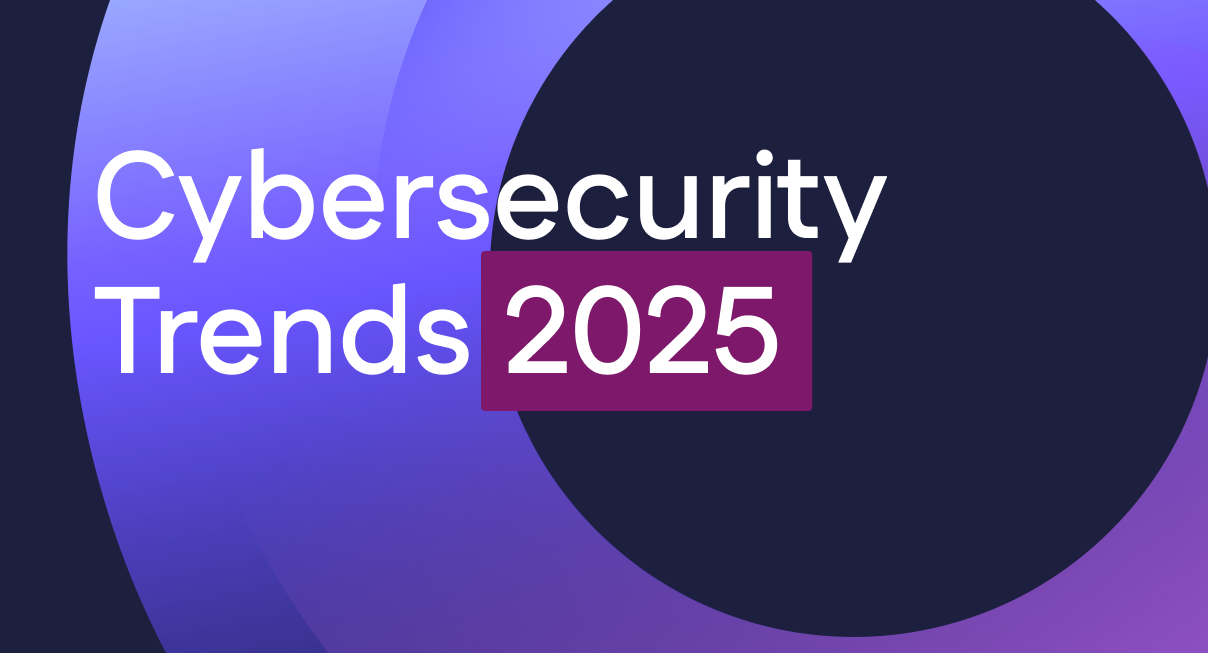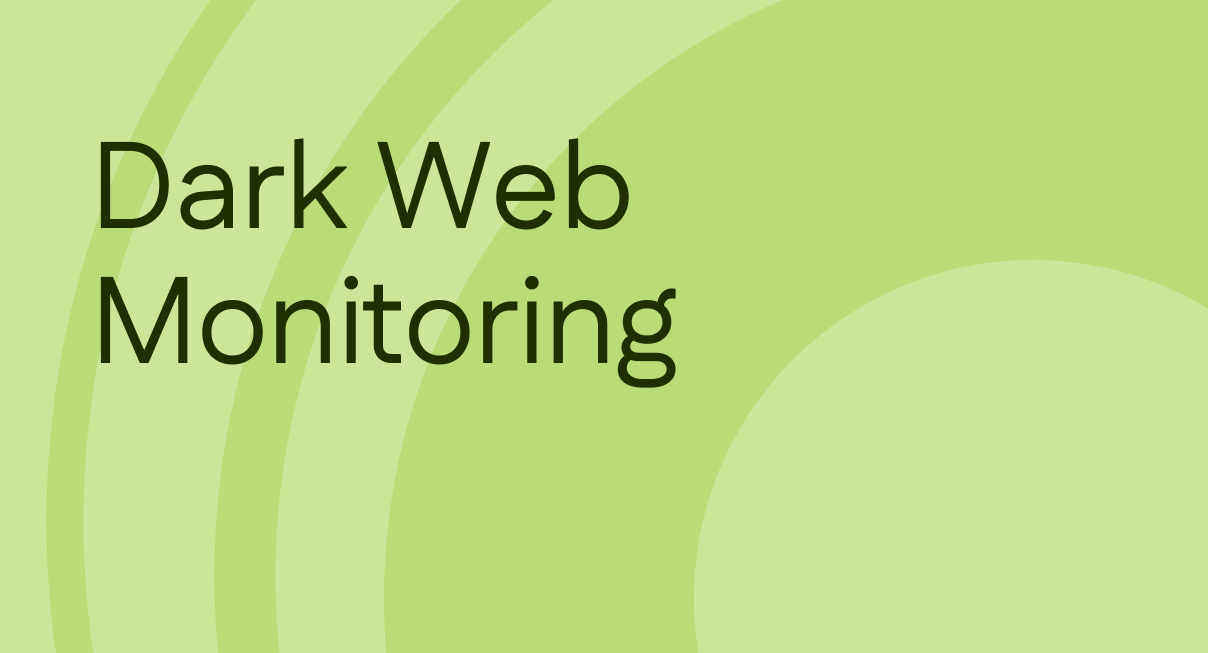Understanding Shadow IT: Risks, Detection and Best Practices
Organizations today strive to stay ahead by leveraging the latest technological innovations and tools that promise enhanced productivity and operational benefits. However, not all technological adoptions happen through official channels. Shadow IT is a phenomenon that poses significant risks to cybersecurity, data integrity, and organizational compliance.

What is Shadow IT?
Shadow IT refers to the use of information technology systems, devices, software, applications, and services without the explicit approval or knowledge of the organization’s IT department. Employees tend to bypass official channels and ignore cybersecurity advice to use tools that they perceive as beneficial. These tools could range from simple productivity apps to complex cloud services.
While Shadow IT might seem like a minor issue, it represents a significant challenge for organizations. A 2022 Gartner survey revealed that 69% of employees were bypassing their organization’s cybersecurity guidance and 74% were “willing to bypass cybersecurity guidance if it helped them or their team achieve a business objective.” It predicted that by 2025, lack of talent or human failure would be responsible for over half of significant cyber incidents.
The Risks Posed by Shadow IT
Shadow IT introduces a host of risks that can compromise an organization’s cybersecurity framework. The primary risks include:
- Data Breaches: Unapproved tools are often not subjected to the same security measures as those sanctioned by the IT department. As a result, these tools can become entry points for cyberattacks, leading to potential data breaches. Without proper encryption, access controls, or compliance with organizational policies, sensitive data might be exposed or stolen.
- Compliance Violations: Many industries are governed by strict regulations regarding data protection and IT governance. The use of unauthorized tools can lead to non-compliance with standards such as GDPR, HIPAA, or SOX. Non-compliance can result in hefty fines, legal repercussions, and damage to the organization’s reputation.
- Operational Inefficiencies: Shadow IT can create inconsistencies in workflows, as different departments might use incompatible tools. This can lead to data silos, duplication of efforts, and inefficiencies, hindering overall productivity.
- Increased IT Costs: Managing and securing an array of unapproved tools can strain IT resources. Additionally, when these tools fail or cause issues, the IT department is often called upon to resolve problems for which they are unprepared, leading to increased costs and resource allocation.
Detecting Shadow IT in Your Organization
Given the risks associated with Shadow IT, detecting its presence in an organization is crucial. The following strategies can help organizations identify and monitor unauthorized IT usage:
- Network Traffic Analysis: By monitoring network traffic, IT departments can detect anomalies that indicate the use of unauthorized applications. Unusual patterns of data flow, especially to cloud services, can be a red flag.
- Employee Surveys and Audits: Conducting regular surveys and audits can reveal the tools employees are using. These audits help identify applications not officially sanctioned by the IT department.
- Implementing a CASB (Cloud Access Security Broker): A CASB acts as a gatekeeper between the organization’s on-premises infrastructure and cloud service providers. It monitors cloud service usage and enforces security policies, helping to detect and manage Shadow IT.
- Software Asset Management (SAM) Tools: SAM tools help in tracking and managing software usage within an organization. These tools can provide insights into unapproved applications running on company devices.
Best Practices to Prevent and Manage Shadow IT
Preventing and managing Shadow IT requires a proactive approach that combines technology, policy, and education. The following best practices can help organizations mitigate the risks associated with Shadow IT:
- Educate Employees: Awareness is the first step in combating Shadow IT. Regular training sessions should be conducted to educate employees about the risks of using unapproved tools and the importance of adhering to IT policies.
- Foster a Collaborative IT Environment: Encourage open communication between employees and the IT department. When employees feel heard and understood, they are more likely to seek approval for new tools rather than circumventing official channels. This collaboration can lead to better tool selection and a reduction in Shadow IT.
- Regular Audits and Monitoring: Continuous monitoring of network traffic and regular audits help in identifying Shadow IT activities. By staying vigilant, organizations can quickly address unauthorized usage before it escalates into a significant issue.
- Implement Strong IT Governance Policies: Establish clear IT governance policies that define the procedures for approving new tools and technologies. Ensure these policies are well-communicated and understood across all levels of the organization. Additionally, consider implementing a self-service portal where employees can request and receive quick approvals for new tools.
Conclusion
Shadow IT is an inevitable consequence of the digital age, where employees seek quick solutions to meet their needs. However, the risks it poses cannot be ignored. By understanding what Shadow IT is, recognizing its risks, and implementing robust detection and prevention strategies, organizations can safeguard their cybersecurity posture and ensure compliance with industry regulations. As the cybersecurity landscape continues to evolve, so must our approaches to managing the unseen threats posed by Shadow IT.
Latest updates
View allTurn risk and compliance into revenue
Get a Demo








